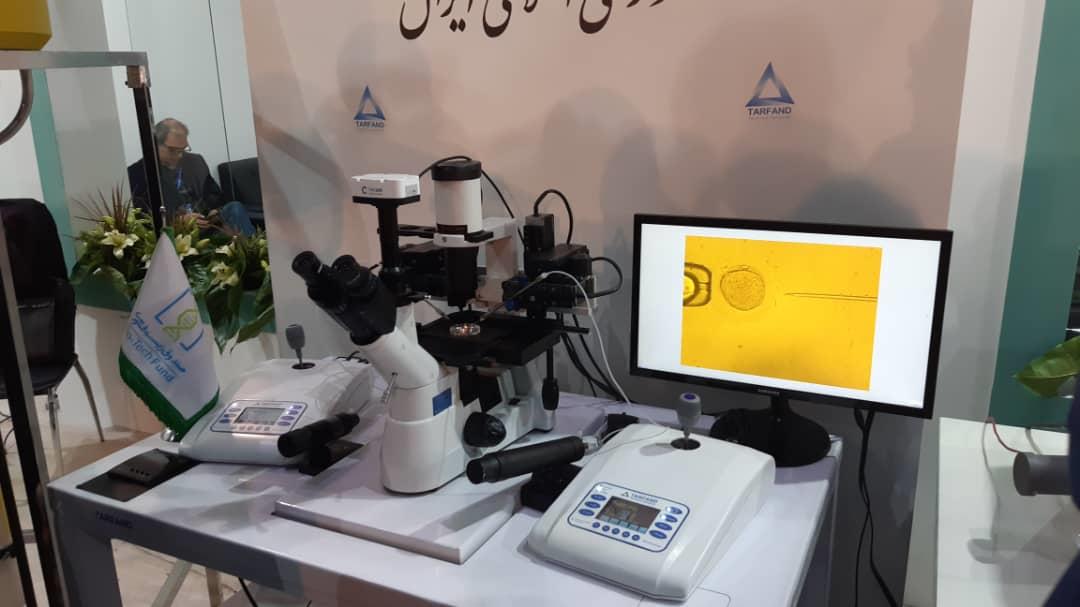Precise intracellular injections are nowadays widely used in techniques for infertility diagnosis and treatment.
Intracellular injection or taking cytoplasmic samples require special devices capable of controlling different scales of movement speed and accuracy. Such apparatus can convert the movements of an operator into high precision movements with certain degrees of freedom, resulting in absolute accuracy at the micrometer scale. The cell Injection and manipulation devices are used for precise operations on a sample under a microscope.
Micromanipulators are mainly employed in intracytoplasmic sperm injection (ICSI), a technique performed as an additional part of an IVF (in vitro fertilization) treatment cycle where a single sperm is injected into each egg to assist fertilization.
Micromanipulators are also utilized in microbiology, research on human, animal and plant cells, stem cell research, genetics studies and breeding programs, optical device industry, micro-lens arrays, optical tweezers, micro-assembly technologies, nanotechnology, and microelectronics.
The foreign micromanipulators are sold at a cost of between $40,000 and $60,000. Importing the device from abroad would also incur an additional cost, as much as 20 to 50 percent of price of the machine. Moreover, the after-sales service would incur even more expenses on the medical centres.
Since the micromanipulators used in Iran have been imported from foreign countries, only the research and medical centres with great financial capabilities were the main customers of such sophisticated device.
In order to address the problem, Iran Biotech Fund –a fund established under the auspices of the Iranian Vice Presidency for Science and Technology- made an investment in a program to design and manufacture a homegrown micromanipulator with the purpose of supporting the local industries.
Iran Biotech Fund offered expert advices about the business fields and also financed part of the program during a 2-year plan to design and manufacture the homegrown device.
Finally, the Iranian researchers at the Sharif University of Technology managed to manufacture a micromanipulator which is half the price of the foreign device.
For a brief review of Iran’s achievements in various fields of science and technology, check the book “Science and Technology in Iran: A Brief Review – 2019”
The Iranian research team has gained the technical know-how and the necessary practical experience to develop the key technologies used in micromanipulators, such as hyper-accurate movement technology, piezoelectricity, and servo control. Accordingly, the indigenous production of such device in Iran would face no technical risk.
At present, only Germany, the UK, Japan and the US have the technical know-how to produce micromanipulators.
